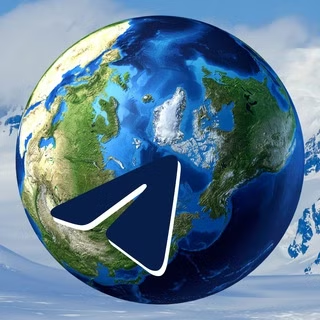Mission Antartika / Arktis - most important country that most people forget / ignore and give a shit - wichtigstes Land der Erde
Channel

66
subscribers
Love Center - Dating, Friends & Matches, NY, LA, Dubai, Global
Find friends or serious relationships easily